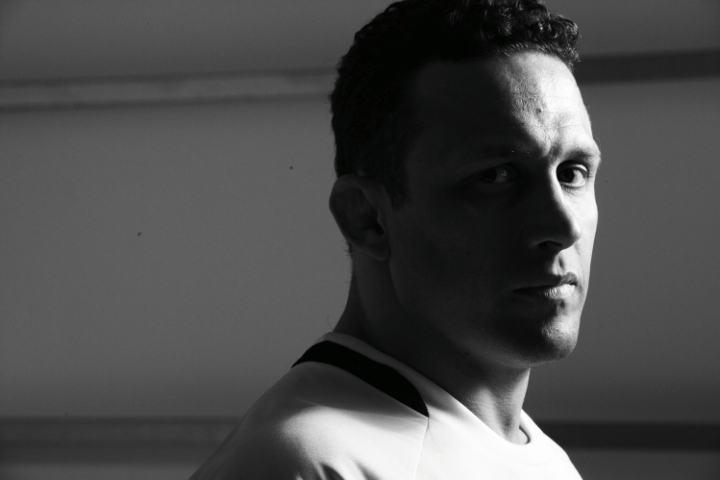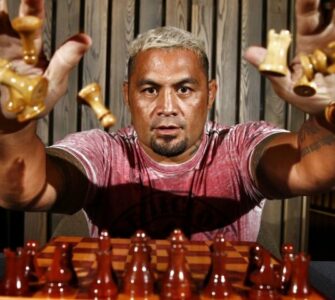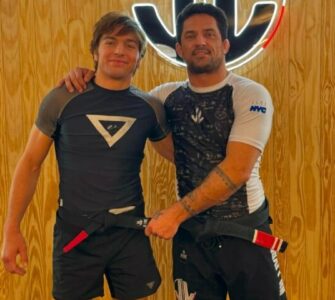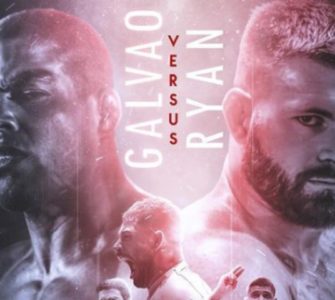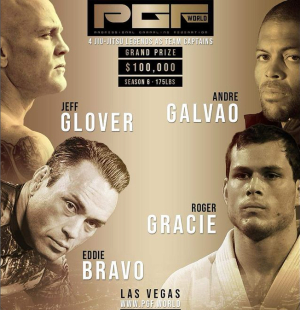The great John Danaher talked a great lesson that he learned from his instructor Renzo Gracie.
This is a valuable lesson of life, and about real respect:
Reflections on my sensei – real respect vs superficial respect: my sensei, Renzo Gracie is widely acknowledged as one of the best jiu jitsu coaches of the modern era. For his students, most of our lessons were technical in nature – but some of the most memorable had nothing to do with technique, but instead with other aspects of the sport. One day I was away with the squad, traveling for a match. Mr Gracie stepped in to teach the afternoon class that I usually teach, so I was not there to witness the lesson, but heard it second hand from those who were there, but it’s importance was apparent as soon as I heard it. A visiting athlete who has considerable exposure on the grappling circuit and who often visited to train was present for the class. As Mr Gracie began teaching, the visitor sat on the sidelines and played around with his phone. The rest of the class went to work as Mr Gracie went through technique and drills. Eventually it came time for live sparring (randori). The visitor suddenly put down his phone and decided it was now time to enter the class. He approached Mr Gracie and bowed solemnly and asked to join in the sparring. Mr Gracie did not even look at him, he said, “next class begins at 6pm.” The visitor was surprised. “I can’t train now?” Mr Gracie replied, “we’ve been training for forty five minutes while you played with your phone – now you feel like training? My sensei has the most transparent face I ever saw. When he is happy, everyone can see it – and when he is pissed off – everyone can see that too! ?? The visitor wisely stepped off the mat. Superficial symbols of respect don’t count for much compared with actions that convey REAL respect – training with commitment and giving your all. No one cares how solemnly you bow or how many times you say “osu” or any other mere symbol of respect if your actions convey the opposite. Don’t get caught up in the symbols – worry about the substance. My sensei never asked us to bow, call him “professor” or say “osu” to everything he said. The only thing he asked was that we gave our best effort – that was the only form of respect he taught and, for us as students, the most important we could learn.
Here is the original post:

